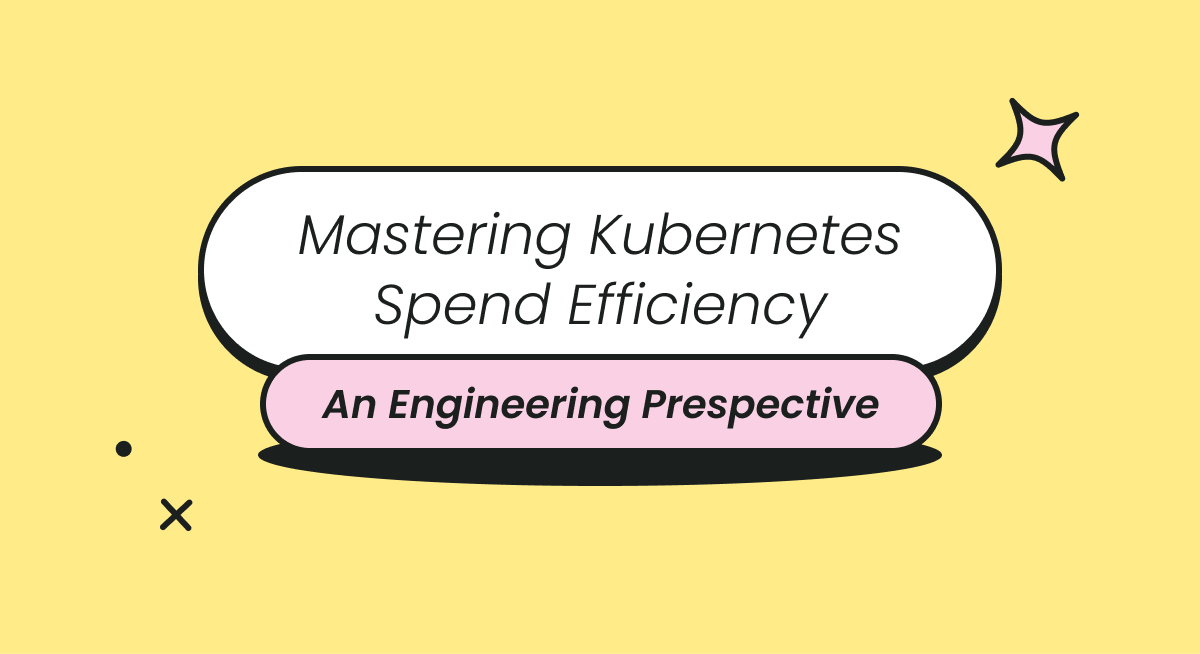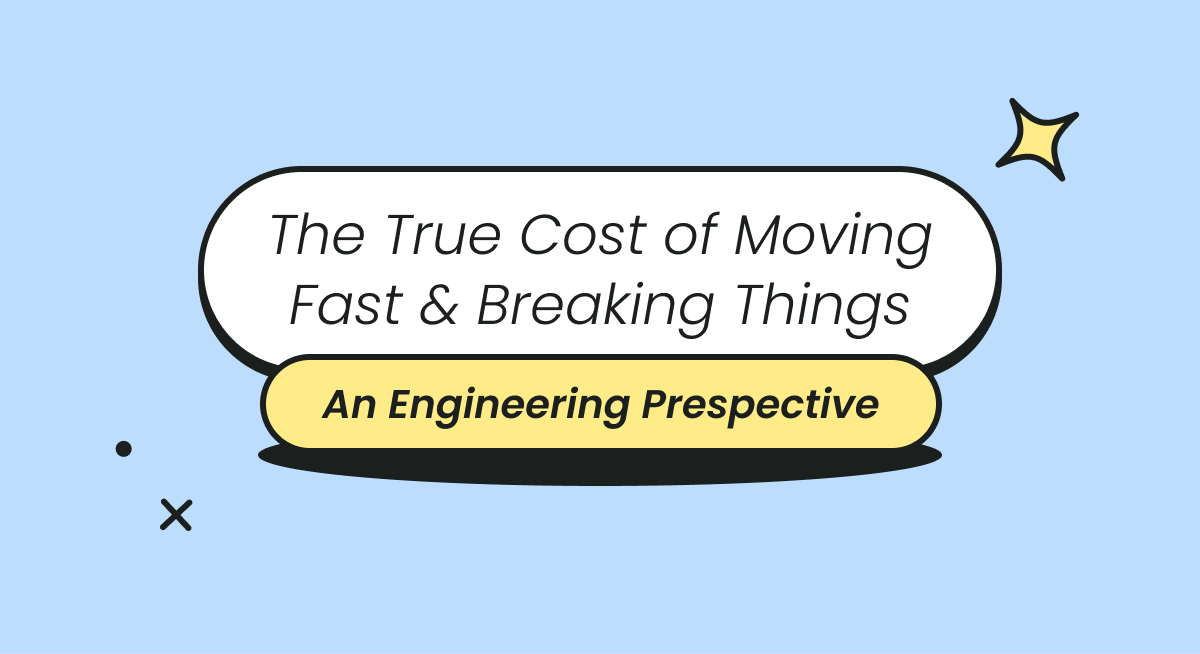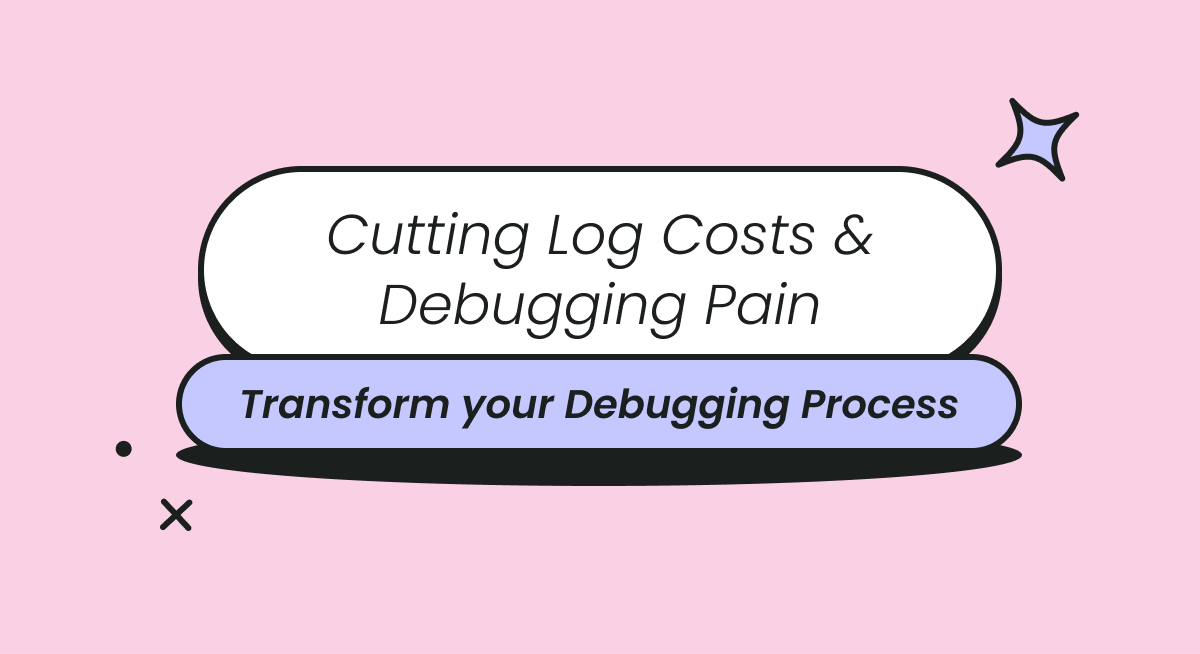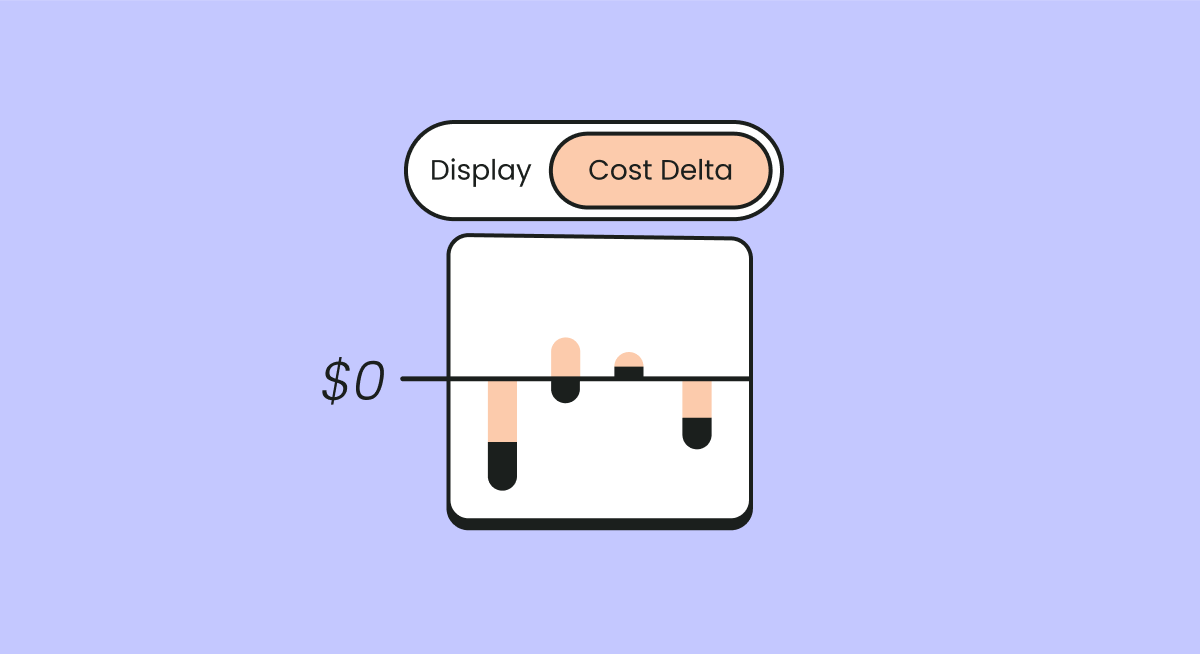
Cost savings are one of the most oft-cited benefits of migrating to the cloud. However, a lot of companies don’t realize these benefits to their fullest after migration. Those who do, however, all have something in common – they’re serious about financial planning and governance in the cloud. FinOps is fast becoming the new standard in cloud financial planning.
FinOps is a portmanteau of finance and DevOps. It’s the business practice of delivering financial accountability to the variable and often unpredictable nature of cloud spending by establishing close corporation between engineering, technology, and finance teams.
FinOps has proven one of the most effective ways to manage cloud costs, because everyone in the organization takes ownership of their cloud usage under a central authority overseeing the application of best practices.
Before FinOps, a siloed procurement team would be responsible for overseeing cloud costs, signing them off at the will of other departments. FinOps introduces a cross-functional team that embraces procurement best practices and brings together the technology, finance, and business domains to optimize cloud vendor management, discounting, and rates. This team has access to near real-time data that helps them make informed decisions on cloud spending.
Optimizing Cloud Spend Around 6 Key FinOps Principles
The FinOps Foundation has published guidelines intended to help companies adopt the best practices for managing and optimizing cloud spend:
- Teams must collaborate
FinOps represents a cultural shift from working in siloed teams to working collaboratively. For example, in a FinOps environment, development teams will start to look at cloud costs as an efficiency metric, while finance teams will dive into cloud costs incurred by individual functions. FinOps aims to forge stronger partnerships between teams to enable companies to develop a robust approach to cloud financial management.
2. Decisions are driven by cloud business valueThe business benefits of the cloud are widely known, but they aren’t always properly aligned to business goals and value delivery. With FinOps, companies don’t simply track cloud costs; they also get insights that help them make informed decisions that add value to the business.
3. A centralized team drives FinOps best practicesA centralized FinOps team manages the organization’s cloud strategy and governance. This team should include representatives from finance, DevOps, engineering, procurement, and IT departments. It is the driving force behind the cultural practice, by educating engineering and other teams on cloud financial management best practices. They will also be responsible for setting cost-efficiency expectations, creating and allocating budgets, forecasting costs, setting up resource-tagging standards, and choosing the right tooling and analytics dashboards.
4. Everyone has ownership of cloud usage
Every team in an organization should be responsible for their own cloud costs. FinOps allows you to easily identify cloud cost-optimization areas by tracking team-level expenses and giving stakeholders in-depth visibility into their cloud spend. This in turn helps FinOps team members rightsize their cloud resources and decommission unused resources.
5. FinOps reports must be accessibleEngineering and development teams must have access to near real-time reports into cloud spending. This will enable them to track the cloud usage of their various products and services right down to the costs of individual transactions and application features. These reports also help development teams instantly detect anomalies, allowing them to respond faster to reduce and optimize cloud spend.
6. Take advantage of variable cloud cost modelsThe cloud allows companies to provision new resources easily without upfront costs, but that’s also what makes cloud spend unpredictable without proper governance. FinOps seeks to help teams take advantage of the variable cost models of cloud computing through continuous and comprehensive monitoring and forecasting.
The Three Phases of the FinOps Lifecycle
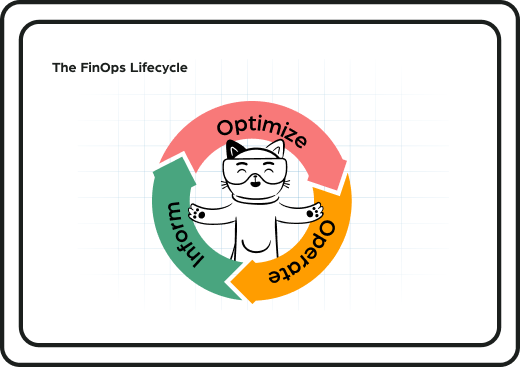
The FinOps Foundation defines three distinct phases for organizations seeking to implement a FinOps culture:
- Inform – In this phase, the various teams seek to build an in-depth understanding of their cloud spend. Costs should be mapped for every application, business unit, and department. This will allow the centralized FinOps team to create realistic budgets and forecasts for each department and business unit. The team will also need to implement a tagging strategy for providing visibility into individual cloud resources.
- Optimize – Once the organization understands its cloud spending and cost drivers, it can then create cost-optimization measures and set realistic goals. For example, they can use managed services provided by their cloud vendors, such as AWS cloud cost management tools, along with far more comprehensive tools like dedicated FinOps platforms. The team will then analyze the data and create savings and budgeting plans.
- Operate – The third and final phase is applying the cost optimization plans that were formulated in the previous phase. Cost reports should be sent regularly to stakeholders so they can make timely decisions. The main considerations for the operational phase are tooling, automation, continuous improvement, and an effective cost governance strategy.
Business Benefits of Adopting a FinOps Culture
FinOps isn’t just about saving money. It’s also about making money. Optimizing cloud spend can drive more revenue by enabling products and features to be released at a faster rate. With FinOps, businesses can empower engineering teams to deliver apps, features, and migrations in less time and with reduced financial risk. This collaborative environment provides insight into where to invest and when. Here’s a summary of some of the key benefits:
- As a transparent and unified financial ecosystem, FinOps can overcome the barriers between finance and IT and instead have both working towards a common goal.
- FinOps enhances scalability by enabling companies to adjust their cloud resources depending on need, without having to worry about installation costs or downtime.
- Companies will also benefit from the more efficient utilization and predictable costs of their cloud resources by instantly identifying unused or underutilized cloud resources.
Finout gives enterprises the means to monitor, manage, and optimize their cloud spend in just minutes, regardless of the complexity of their environments. Get started today to find out how it works.
